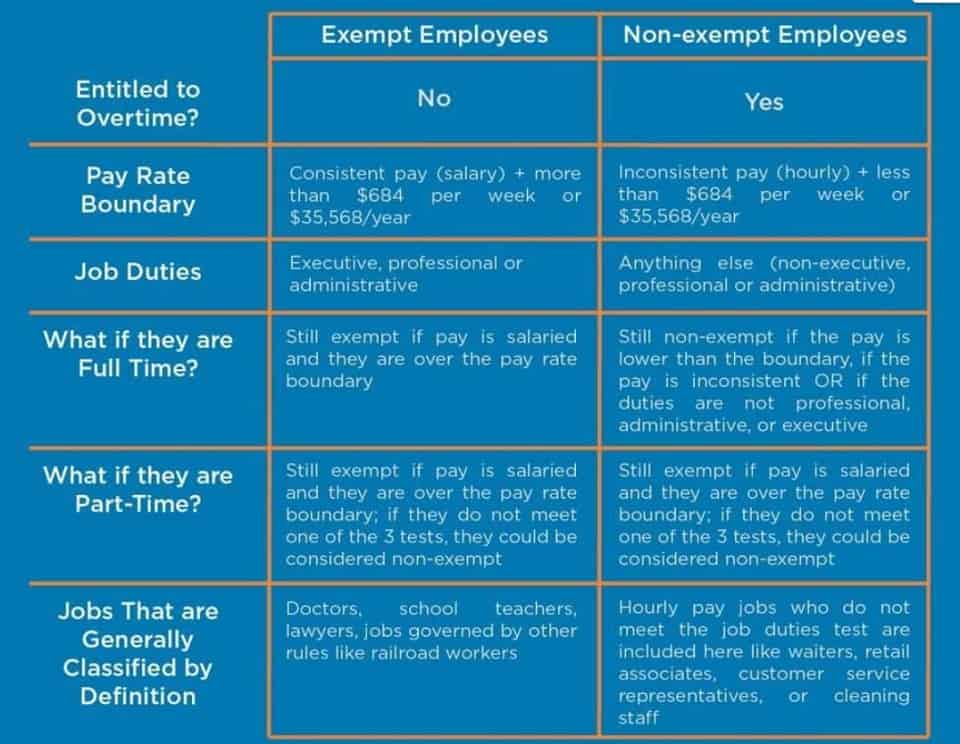
If you are using a Cash Book you will have to manually enter the Account names and when calculating your profit, make sure to exclude the Balance Sheet type accounts. Bookkeeping is the process of recording all the transactions resulting from those working activities. Owners improve access to actionable business intelligence for confident planning and decision making without the enterprise software price tag. You focus efforts on high-value priorities knowing your books run efficiently behind the scenes.
- Bookkeeping helps you track where your money is going and how much profit you’re making.
- Maybe you still have a full-time job and want to freelance on the side, render a service or sell a product.
- Meanwhile, corporations manage equity through the issuance of shares to shareholders, representing owned portions of the company.
- You may need to contact your secretary of state or department of revenue for more information on what paperwork you may need to complete to legally establish your bookkeeping business.
- However, some things must not be forgotten, like issuing invoices, rechecking payments, producing financial statements, and closing books.
- Developing a bookkeeping system allows small businesses to generate accurate financial statements.
Bookkeeping and accounting make tracking your business’s financial performance easy, so you can identify areas where you may need to improve or cut back. One of the most important benefits of bookkeeping and accounting for sole proprietors is that it helps you stay on top of your taxes. By accurately tracking your financial transactions, you can avoid any sole trader accounting tax-related issues and ensure that you pay the government the correct amount. As we explained, as a sole proprietor you’ll report and pay income tax on your business’s profit—and you’ll do so by filing additional forms with your personal return, Form 1040. This being said, most sole proprietors only need to file two forms with their individual return.
How to form a sole proprietorship
Thus, it is essential for business owners, especially sole proprietors, to keep their finances structured and balanced. Remember that if you have employees, you’ll also need to account for payroll tax. If you’re unsure about your tax obligations, you may want to https://www.bookstime.com/ talk to a professional accountant or tax expert for advice. Once your business gets under way, you can make a monthly budget to track your cash inflows and outflows. You’ll also need to give some thought to how you plan to invoice your clients for your services.
- On Schedule C, you can deduct other taxes your business might pay, such as payroll taxes, personal property taxes, sales tax, and the cost of any business licenses you paid for this year.
- Having clear records encoded in your books ensures you capture the depreciation each year.
- Although there are different deadlines to adhere to, you’ll want to be sure to keep track of your tax responsibilities, pay your estimated taxes and file on time.
- As soon as you make a purchase with your bank card, keep the receipt – like, do it in the shop as you are walking out or something so that you don’t lose the receipt.
- You may need to first complete a training program before you can launch.
Operating as a single-member LLC can also alleviate some of the limitations of securing loans or funding due to the lack of a formal business structure. Sole proprietorships provide freedom and flexibility for the owner, particularly for new entrepreneurs and individuals with side hustles. Sole proprietorships are the simplest business structure an individual can operate. Regulations vary from state to state, but you may need to obtain licenses and permits on the federal, state, and local levels. The specific licenses and permits for your business type and locations will vary. To change your DBA name you would typically file for a “termination or abandonment” of DBA for the old name first.
How to Calculate Gross Income for Self-Employed With Records Including Income and Expense
Sole proprietors can also deduct health insurance premiums for themselves, their spouse, and dependents on Schedule 1 of Form 1040. However, if you are eligible to participate in a plan through your spouse’s employer, then you can’t deduct those premiums. The features you need might differ from the features a manufacturing plant with 5,000 employees needs. You need to consider “value for money” to find affordable software that also gets the job done. One of the greatest benefits you can derive from using Xero is its ability to integrate with more than 700 apps in a variety of categories, which is a major plus for niche businesses.

In this case, the domain name will be specific to your business name or catchphrase. Depending on which domain registrar you go with, you will need to do a name search to make sure it’s available. It’s best to keep the domain name as close to your business name as possible. Requirements to file a DBA vary from state to state, and you may need to file at either the state or local level. Check with the office of the secretary of state or county clerk’s office where your business is located. You’ll likely need to file Form 8829 along with your Schedule C when taking the home office deduction.
Types of Books for Bookkeeping
However, for simpler operations, a sole proprietor may be able to manage accounting tasks independently. The cash basis accounting method is often preferred by sole proprietors due to its simplicity. It involves recording transactions when cash changes hands, making it suitable for small businesses without considerable inventory or equipment. Once you’ve settled on a business name, you’ll need to register your business in the state in which you will do business.
You’re in business to make money (among other things), so it’s important to figure out a system for how your clients will pay you for your work. Generally accepted accounting principles require larger companies to use accrual accounting, but most small business owners use the cash accounting method because it’s easier. This represents quite an upgrade in complexity from the basic accounting system outlined in this article for a sole proprietorship.
发表回复